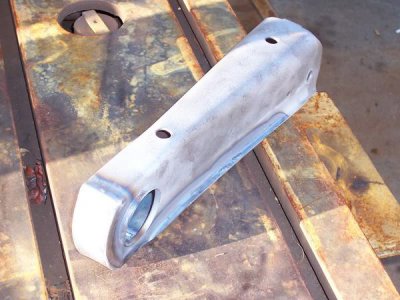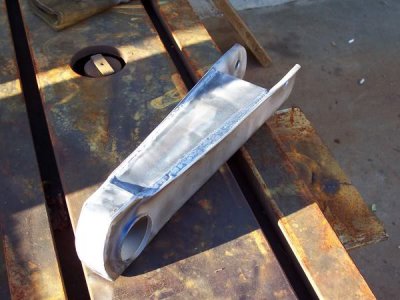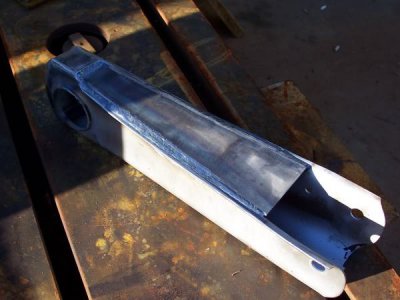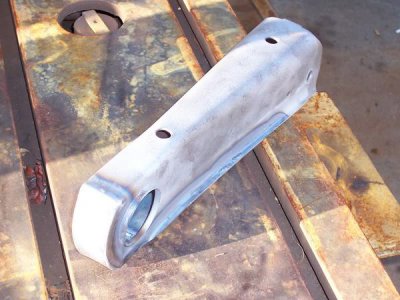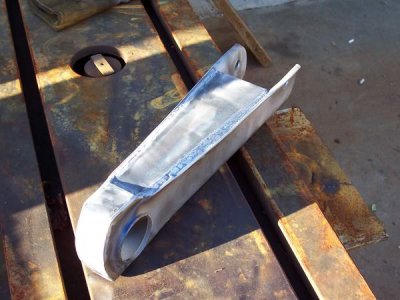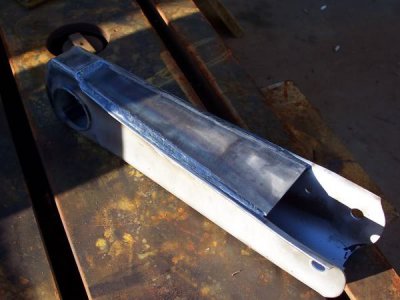- Joined
- Apr 18, 2012
- Messages
- 24
I built my car back in 2005. One of the things I fabricated myself was the rear lower trailing arms. My budget was getting quite thin after buying a new crate motor and many other drivetrain components and I thought this would be pretty cool to do. I did buy a new set of energy suspension bushing for all four corners and use the rear bushings to fit the arms I machines. I actually had the right size rectangular tubing in the shop.
I used the mill to drill the center holes to get the ctc correct, the drill press to punch the rough holes, and then back to the mill to bore to size.
Heres some pics of the process.
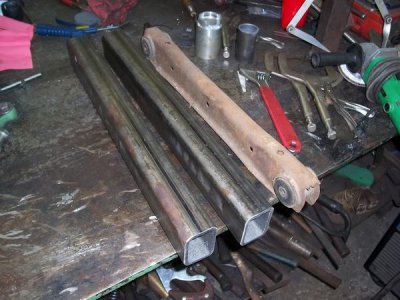
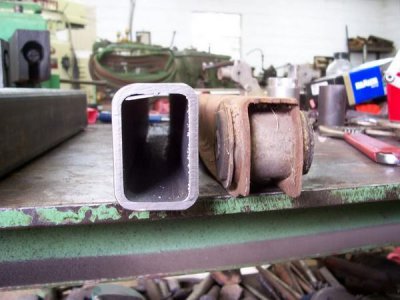
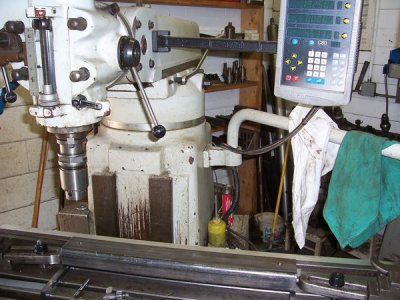
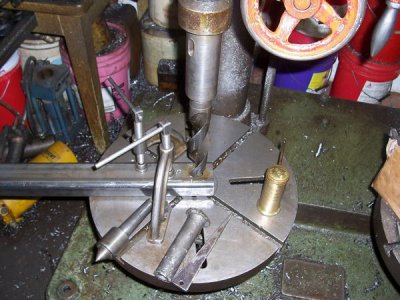
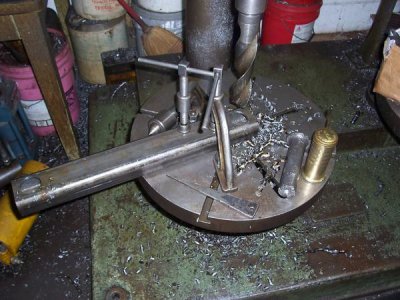
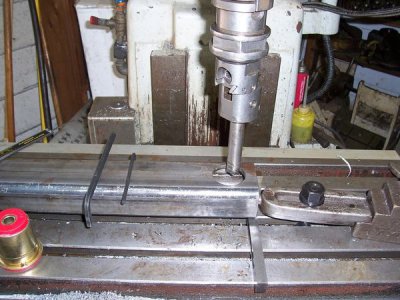
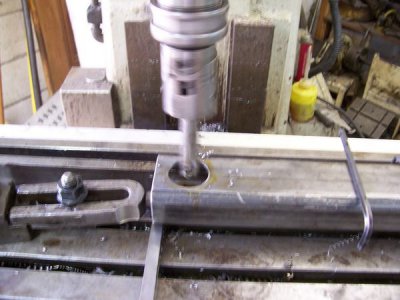
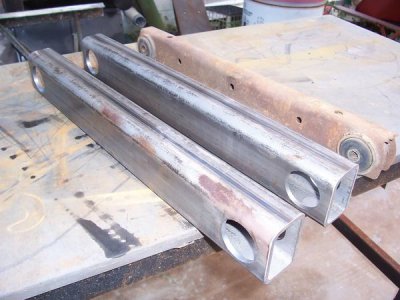
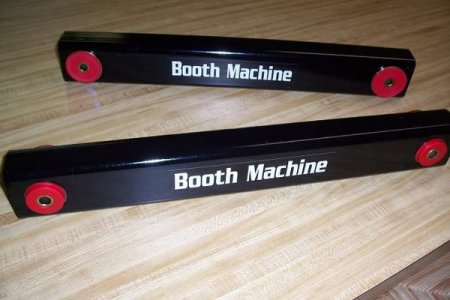
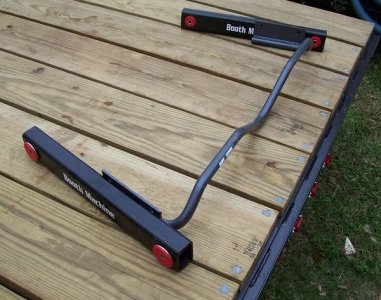
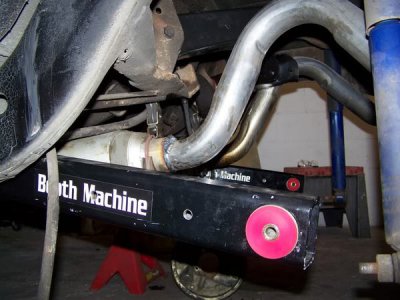
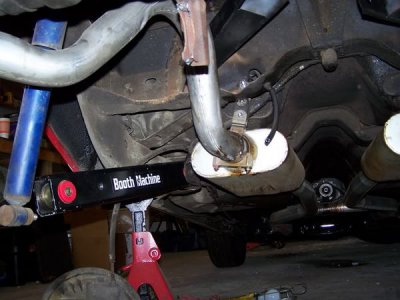
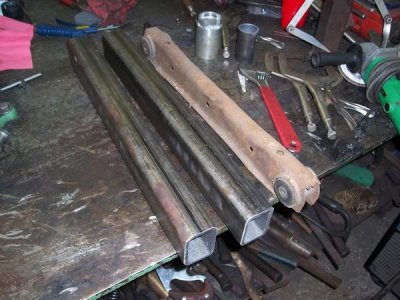
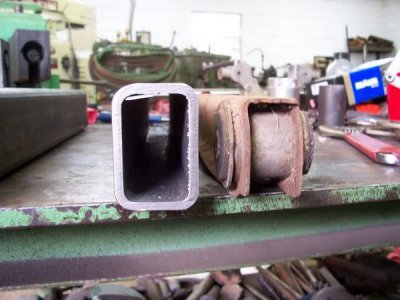
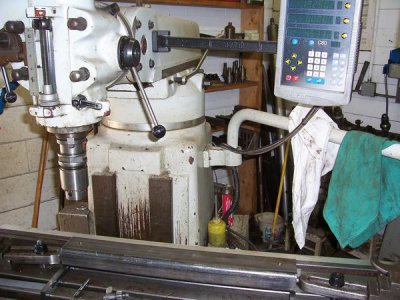
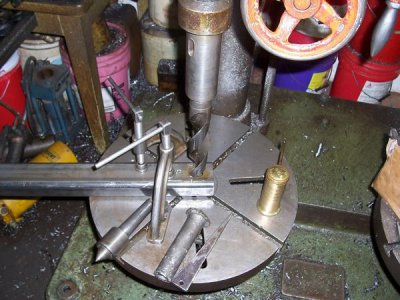
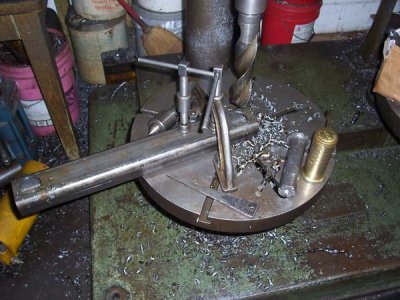
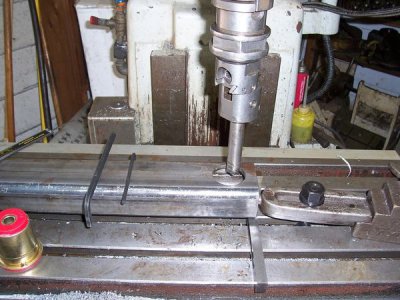
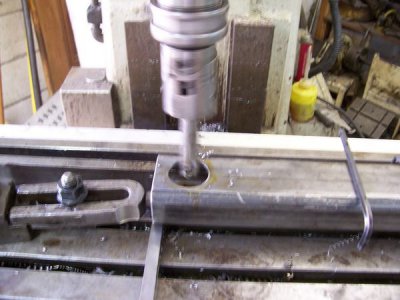
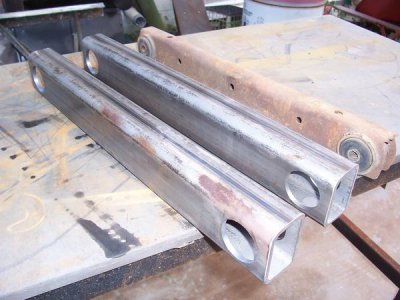
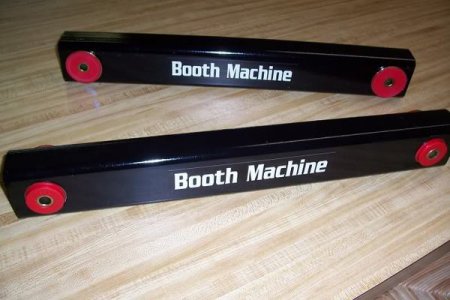
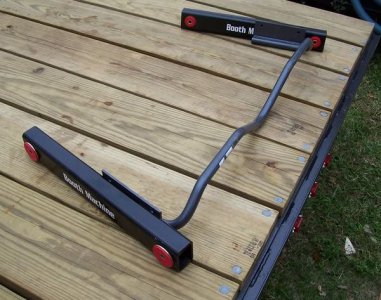
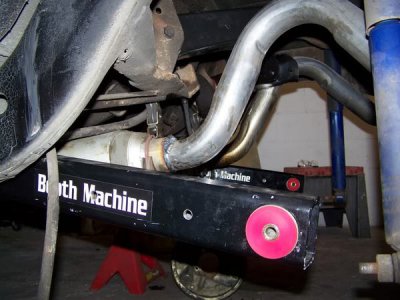
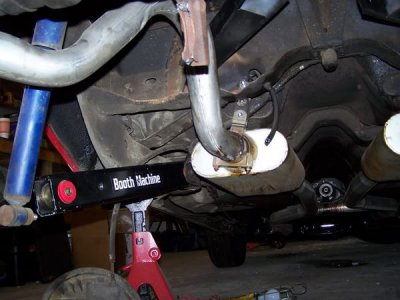
I used the mill to drill the center holes to get the ctc correct, the drill press to punch the rough holes, and then back to the mill to bore to size.
Heres some pics of the process.

























